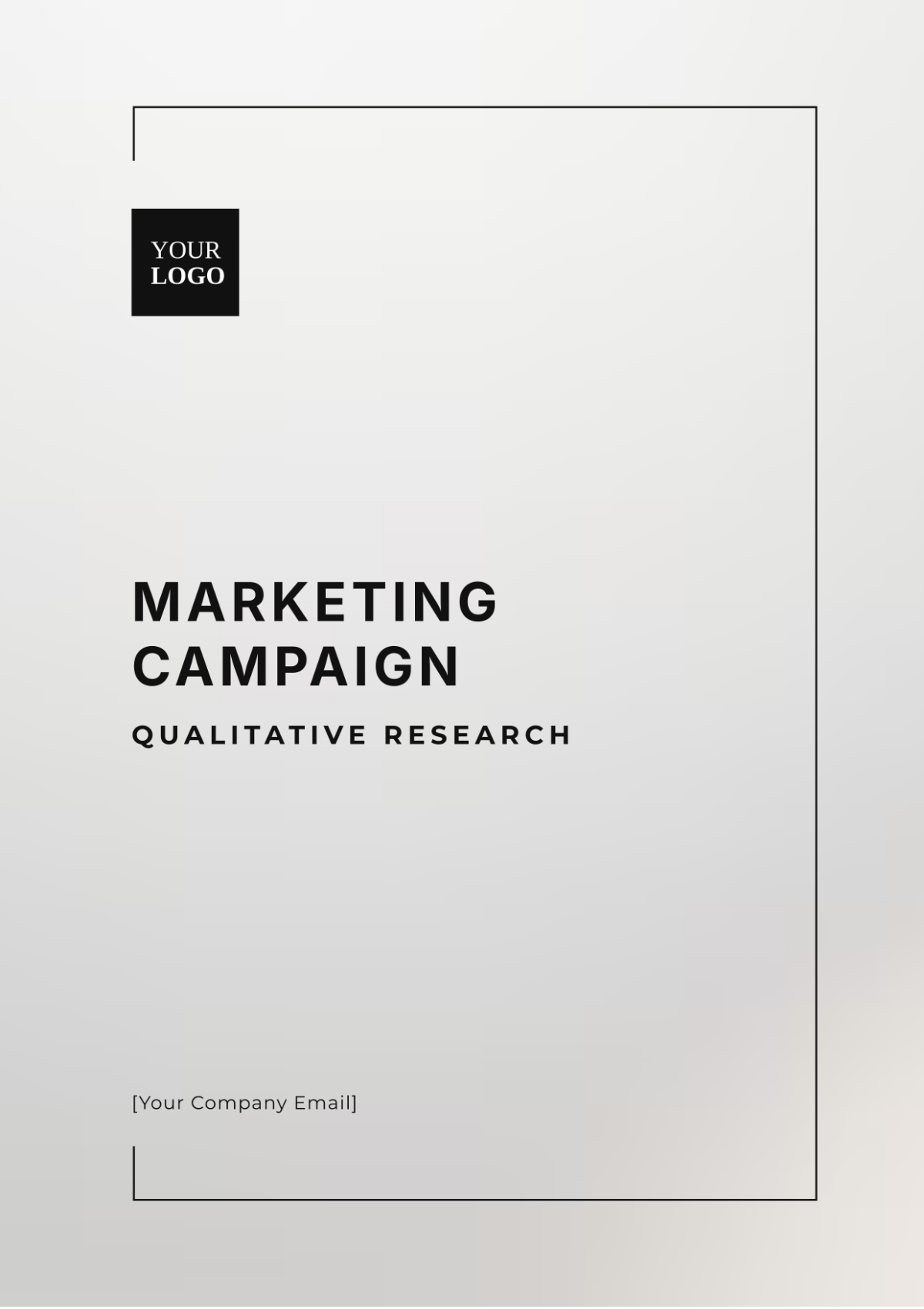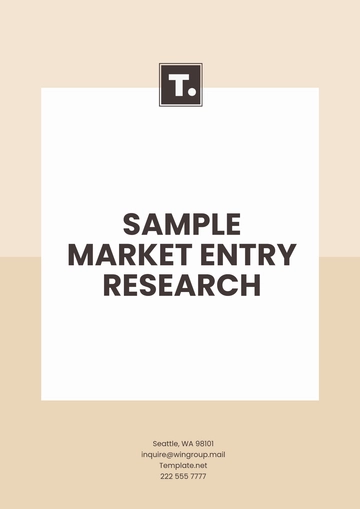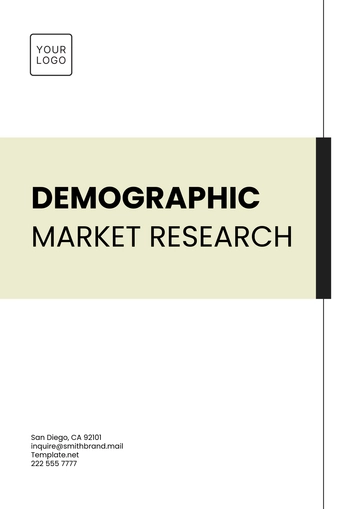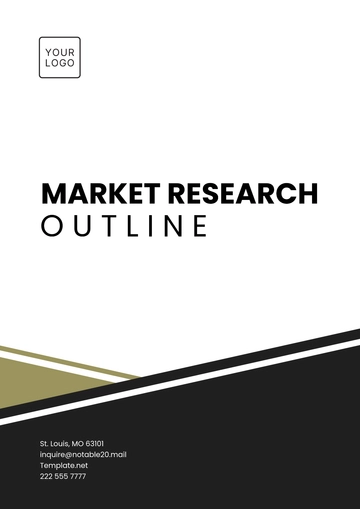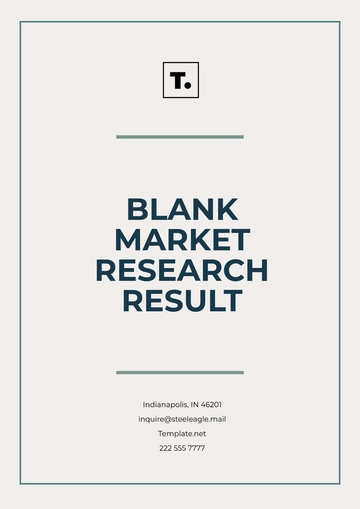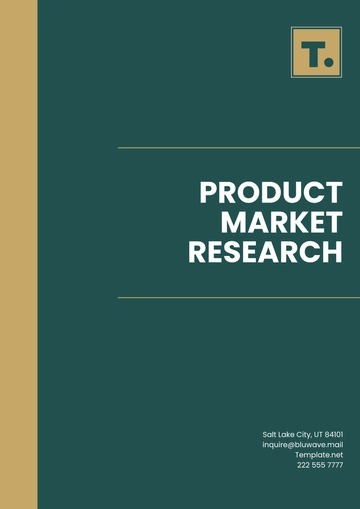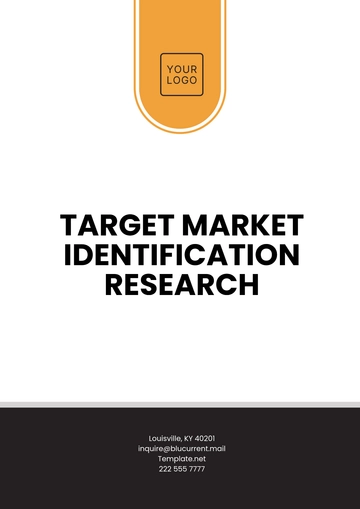Marketing Campaign Qualitative Research
Prepared By: [Your Name]
I. Objective Setting
1.1 Identify the Purpose
The goal is to understand consumer attitudes toward natural skincare products, identifying the factors that drive their choices and potential barriers to adoption. Insights gained will inform the creation of a targeted marketing campaign for [Your Company Name]'s new line of natural skincare products.
1.2 Define Research Questions
What influences consumers to choose natural skincare products?
How do consumers perceive natural ingredients compared to synthetic ones?
What concerns do consumers have about natural skincare products?
II. Research Methods
2.1 Focus Groups
Conduct three focus groups with 8-10 participants each, focusing on women aged 25-40 who regularly purchase skincare products. Discussions will explore preferences for natural ingredients, trust in brands, and perceptions of product effectiveness.
2.2 In-Depth Interviews
Interview 10 skincare enthusiasts and 5 dermatologists to gain deeper insights into skincare trends and consumer concerns about ingredient safety.
2.3 Ethnography
Observe consumers in high-end beauty stores and organic markets to understand how they browse and choose skincare products. Pay close attention to which labels, ingredients, or claims capture their attention.
2.4 Case Studies
Analyze successful marketing campaigns for similar brands (e.g., Burt’s Bees) to understand which messaging and positioning resonated with consumers.
2.5 Content Analysis
Review social media discussions, blog posts, and customer reviews related to natural skincare. Identify common themes such as trust issues, ingredient preferences, or concerns about efficacy.
III. Sampling
Target Audience
Focus on women aged 25-40 living in urban areas who are health-conscious and prefer organic or natural products. Participants should have an interest in skincare and a willingness to pay a premium for quality products.
Diverse Representation
Include participants from various ethnic backgrounds, skin types, and income levels to capture a broad range of perspectives. For example, involve participants with sensitive skin who might be more inclined toward natural products.
IV. Data Collection
4.1 Recording and Transcription
Record all focus group sessions and interviews. Transcribe recordings to capture verbatim responses, ensuring no details are lost during analysis.
4.2 Note-Taking
During ethnographic studies, take detailed notes on consumer behavior, such as the time spent reading labels, the types of products picked up, or the questions asked to sales staff.
4.3 Visual Data
Capture photos of store displays and the arrangement of natural skincare products to understand the impact of visual marketing on consumer choices.
V. Data Analysis
5.1 Thematic Analysis
Code the data to identify recurring themes such as "trust in brand," "effectiveness concerns," and "ingredient transparency." Look for patterns like a preference for products with fewer ingredients.
5.2 Narrative Analysis
Focus on personal stories shared in interviews, such as a participant’s journey from using conventional products to switching to natural ones due to skin reactions.
5.3 Sentiment Analysis
Analyze the emotional tone of the feedback to gauge overall sentiment toward natural skincare. For example, identify if the sentiment is predominantly positive, with concerns mainly about price or effectiveness.
VI. Interpretation and Reporting
6.1 Insights and Implications
Consumers are highly motivated by the perceived safety of natural ingredients but need more education on the effectiveness of these products. Transparency about sourcing and manufacturing processes can build trust.
6.2 Visualization
Use word clouds to showcase the most frequently mentioned words, such as "safety," "organic," "ethical," and "expensive." Create thematic charts linking consumer concerns to potential messaging strategies.
6.3 Recommendations
Based on the research, the campaign should emphasize transparency in sourcing, showcase third-party certifications, and provide evidence of product efficacy through clinical trials.
VII. Application
7.1 Campaign Development
Develop a campaign focusing on the tagline "Pure Ingredients, Proven Results." Use content that educates consumers on the benefits of each ingredient, supported by testimonials from skincare experts.
7.2 Ongoing Monitoring
After the campaign launch, set up social listening tools to monitor consumer feedback and engage with users directly. Conduct follow-up interviews with initial participants to gauge the campaign's impact.
7.3 Example Outcome
This approach may reveal that while consumers are excited about natural skincare, they require more education on its benefits. This could lead to the creation of content that not only markets the product but also informs and educates the audience, ensuring that their concerns are addressed and their trust is earned.
Research Templates @ Template.net
